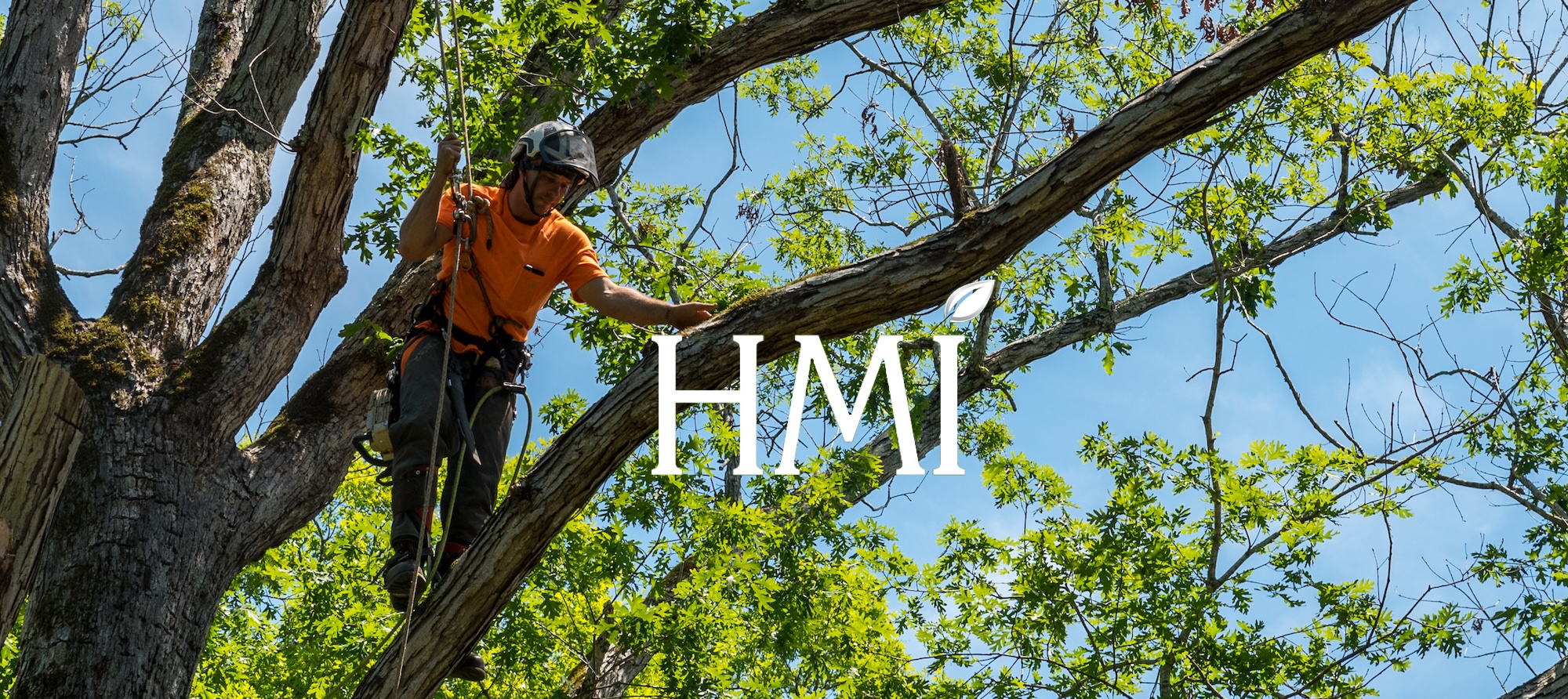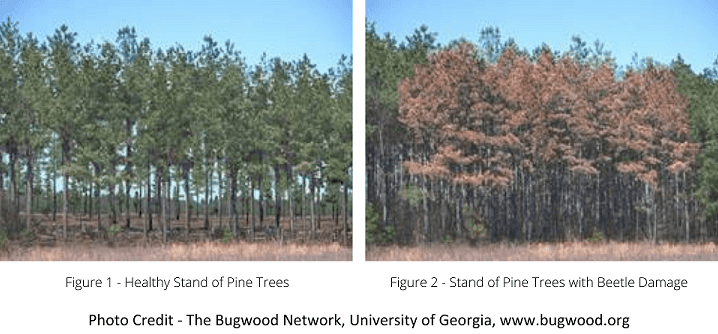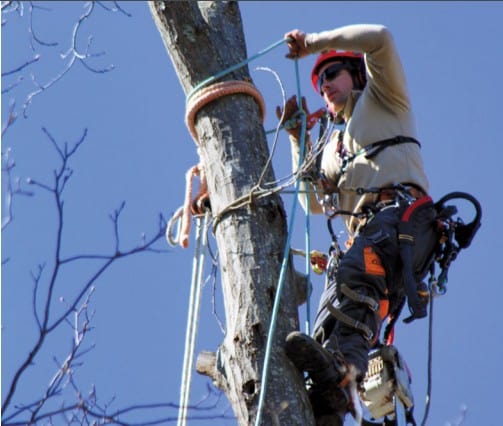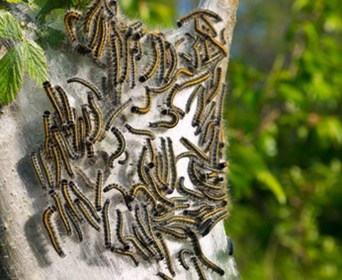Four years ago, Ron Linger of Ohio planted 100 blue spruce trees. Recently, he told WKBN news that his “trees weren’t looking very good. A lot of the needles had dropped off the trees. Some of the tree’s limbs are getting bare. And I noticed around the neighborhood some of the trees are completely bare.”
If you, too, see yellow, brown or bare spots on your spruce trees, they may have the same fungus affecting, Ron’s trees–Rhizosphaera needle cast. Learn more about what this fungus looks like, what it can do and how to control it.
Why are my spruce trees turning brown and dying?
Symptoms of Rhizosphaera Needle Cast Disease
Tree check: Most often, this fungus attacks spruce trees, especially Colorado blue spruce trees and Engelmann spruces. Click here for a more extensive tree list. And stressed trees are also more susceptible.
Then look for:



- Yellow needles, typically on the lower branches, in mid-to-late summer
- Formerly yellow needles turning brown to purple-brown during fall or winter
- Brown needles beginning to fall, leaving large bare spots on trees that next summer or fall
- Often starts at the bottom of the tree, on the inside, and works its way up the tree
- If you think your tree is infected, look for small black spots lining the needles with a magnifying glass.
What does this do to spruce trees?
This is a very common fungus that affects trees after long stretches of wet weather or humidity.
Good news: You can control this fungus from doing too much damage. But, if left unchecked and untreated, this could eventually kill the tree.
Can you treat this blue spruce needle cast?
If some of your tree’s needles or branches already have it, you can’t reverse the damage. From here on out, it’s about making sure the fungus doesn’t continue spreading onto new growth. The fungus spores can be spread by water or wind to other branches or other nearby trees, and without providing protection, new growth will become infected, too.
Dan Yoho of Davey’s Youngstown, Ohio office, sums it nicely, “Take out what’s infected. Protect what’s left. Move the healthy plants away if absolutely necessary.”








